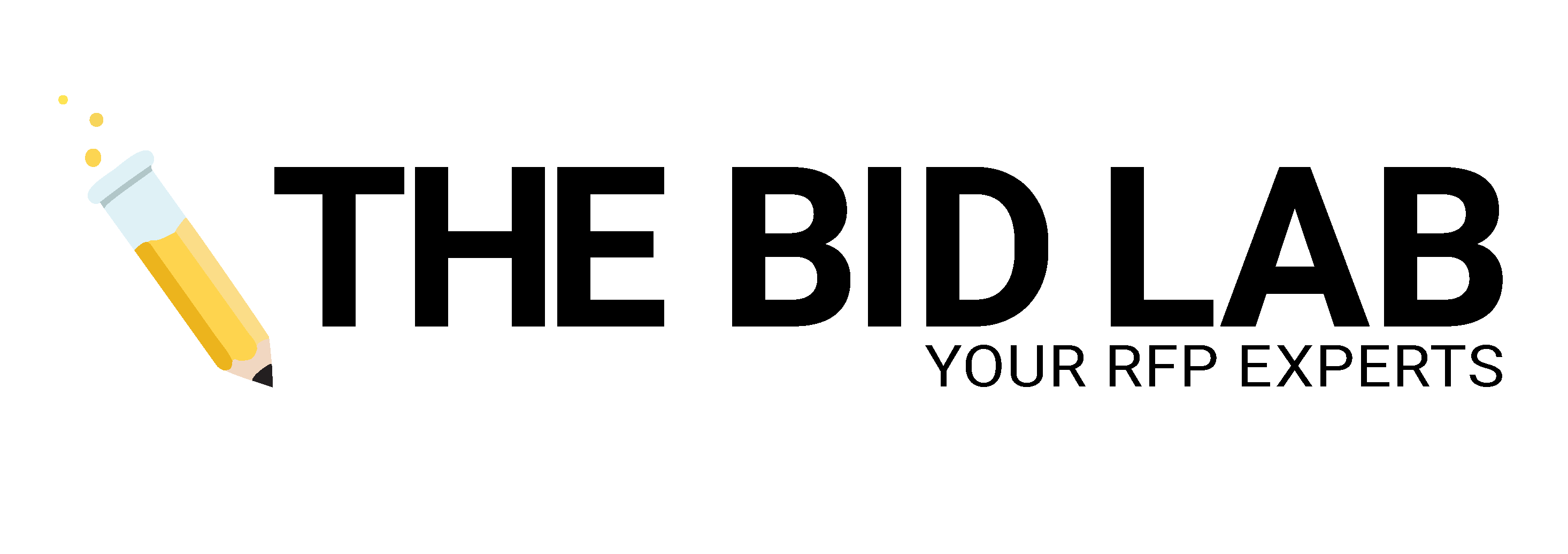Writing Successful Key Staff Summaries for Your Next RFP


When responding to a Request for Proposal (RFP), presenting key staff summaries well can make or break a proposal response. Key staff summaries are a commonly required component of many bids. It’s nearly as common as references, a cover letter, and an executive summary!
This part of the proposal not only highlights the qualifications and experience of your team but also reassures the reviewer that the right people will be on board to deliver successful outcomes. Here’s how to create effective key staff summaries that set your proposal apart.
Understand the RFP Requirements for Key Staff Summaries
Before you begin writing, carefully read the RFP to identify specific requirements regarding key staff summaries. Pay attention to the qualifications, roles, and experiences that are emphasized. Understanding what the client values will help inform how you approach creating this section of your response.
When selecting key staff to include, choose individuals who have expertise that is relevant to the project’s needs. Consider the following:
- Experience: Highlight staff members who have successfully managed similar projects. Their proven track record will instill confidence. Many RFPs will require a certain number of years of experience.
- Education and Credentials: Ensure that selected team members possess the required skills and certifications relevant to the project scope. Have information about education and formal credentials ready in case these items are required by the RFP.
- Roles: Clearly define each team member’s role in the project. This helps the client understand who is responsible for what aspect of the work.
Many proposals must meet a certain number of page limits or word count requirements. These items are the essentials– the bare minimum of what you’ll need to include.
Make Your Bios Compelling
If you have a little wiggle room, then consider adding the following tidbits to boost your key personnel bios. Keep in mind that the focus should never deviate from the objectives and scope within the RFP. When writing the biographies for your key staff, focus on presenting relevant information succinctly:
- Professional Background: Summarize their education, work history, and key qualifications. Use concise bullet points to improve readability.
- Achievements: Include notable accomplishments that demonstrate the team member’s capability. This could be awards, completed projects, or recognitions in their field.
- Professional Experience: Highlight specific professional experiences related to the project at hand. This connection helps illustrate why their skills can advance the project’s scope of work. Memberships in relevant professional organizations can also fit here.
It’s also worth keeping the potential client in mind while writing key staff summaries. Use language and terminology that resonates with their industry and the challenges they’re describing within the RFP. So if you’re on the local school board, that’s fantastic for an RFP in education– but might not be relevant for an engineering bid.

Include an Organizational Chart
Providing an organizational chart can help clarify the team structure. This chart should illustrate reporting relationships and how each member fits into the larger project. Clearly indicate the project lead and support roles to give a sense of order and accountability.

Organize Content With Consistent Layouts
A well-organized section with clear headings or bullet points facilitates scanning and understanding. The way the first key staff member is introduced should set the standard for how the rest are introduced.
Begin with the staff member’s name and title prominently displayed at the top, followed by a professional headshot if appropriate. Clearly label any requested information. If the bid requires your staff section to state a number of required elements (like the number of years of experience, educational credentials, and the position title), then consider inserting this information in a table. Tables help to create consistent, easy-to-read sections that ensure readers won’t overlook the essentials.
Need design and layout tips? Check out ways to make your government document look good, and learn other ways to get your layout exactly right.
Review and Edit Staff Summaries
Finally, consider having an external editor proofread your key staff summaries. An editor will be able to see and eliminate any errors, inconsistencies, and muddled or unclear thought processes. When writing about personal backgrounds, it’s easy to become too close to the content. You’ll appreciate the value an editor can bring when they can help cut back on extraneous content. They can also offer tips to smooth over the section for flow and readability improvements. So, consider having another pair of eyes review the content for feedback regarding the presentation and effectiveness.
You Don’t Have to Write Key Staff Summaries Alone!
Presenting promising key staff summaries is one way to showcase the strengths and skills of your team. By creating a strong, compelling summary section with the right individuals in a coherent structure, you can create a powerful narrative that emphasizes your team’s ability to deliver results. Remember, the goal is to build confidence in your potential client that your organization has the right people to meet their needs and drive project success. If you need more assistance writing your procurement or bid response, then check out our Bid Builder and Bid Manager services. Contact our team for a free consultation by calling 1-844-4BIDLAB or emailing respond@thebidlab.com.
